Ultimate Amaryllis Care Guide: Everything You Need To Grow Amaryllis Plants
Amaryllis bulbs are a popular holiday gift, but did you know you can keep them going for years and years? Here's our comprehensive amaryllis care guide.
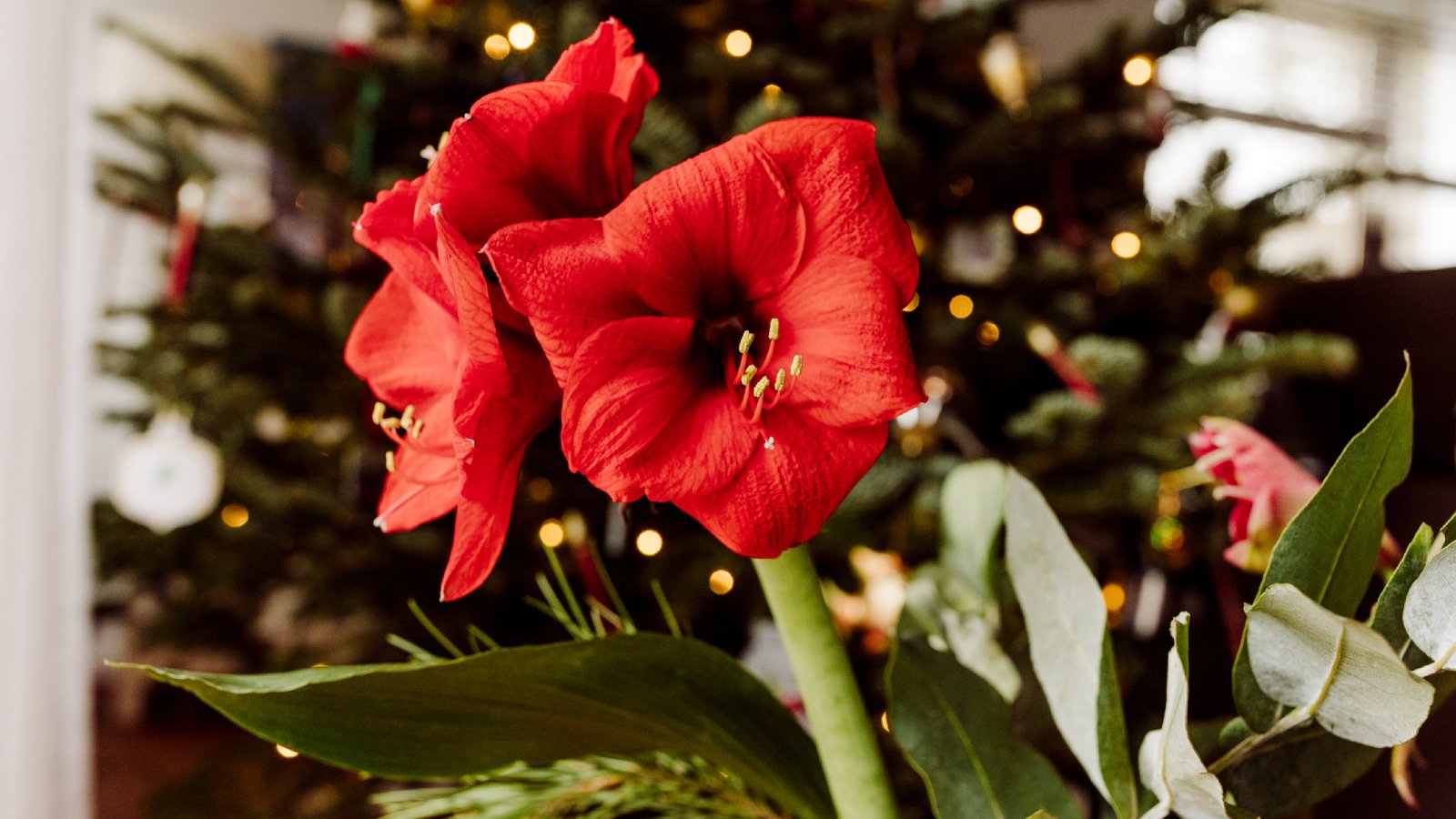

Liz Baessler
Quick Amaryllis Care Facts
Botanical name: Amaryllis
Height: 18-36 inches ( 46-91 cm)
Spread: 2 feet ( 0.6 m)
Sun exposure: Bright light
Soil requirements: Well draining
Hardiness zones: USDA 8-11
When to plant: Outdoors in spring, indoors anytime
Whether it was a gift or you purchased the bulb yourself, amaryllis care is crucial to enjoying those huge, exotic blooms. The amaryllis flower is the highlight of the plant, although the tall stalks and strappy leaves are a joy to behold, too. A common holiday gift, the amaryllis plant is native to South America.
Unlike many of our common bulb types, they don't require chilling! They do, however, need a period of cool in order to flower. They live in parts of the Andes and Brazil in tropical to subtropical regions. Learn how to care for amaryllis plants and you could enjoy this bulb’s gorgeous flowers for years.
Amaryllis Plant Care

There are many forms of this plant’s flowers. They come in hues of red, pink, apricot, and burgundy. There are single and double petal varieties. Because the bulbs are commonly available as the outdoor flowers fade and die, it is exciting to plant one of these huge bulbs. Here's our comprehensive guide to caring for amaryllis.
Light
Just after planting the bulb, place the container in a bright location. A sunny window is ideal. However, once the flower forms, move the plant to a slightly less light location to prolong the bloom.
Water
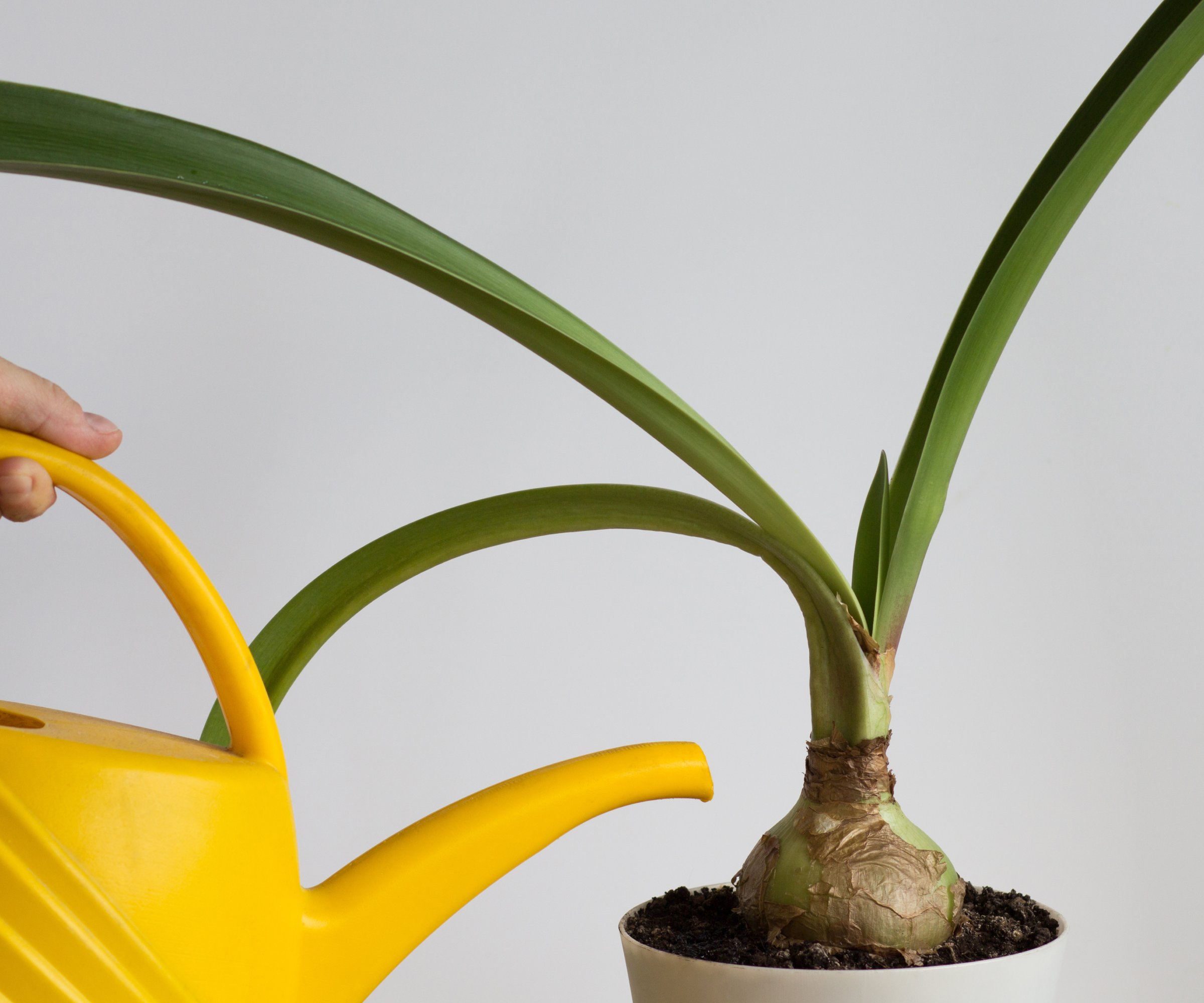
Water frequency is crucial to amaryllis plant care. After potting up the bulb, it should be watered thoroughly. After that, only water when the surface of the soil is dry to the touch. Overwatering can cause amaryllis bulb rot. If the bulb is planted outdoors in the ground, it can survive periods of drought. You'll get your best growth, however, with regular moisture. Depending upon your tap water contents, the plant may prefer bottled water to municipal supplies.
While they can't stay in the environment long-term, it is actually possible to grow amaryllis in water.
Temperature & Humidity
Warm temperatures between 70-75 degrees Fahrenheit ( 21-24 C) will promote the best growth. After the plant flowers it prefers temperatures of 65 F. ( 18 C). Outdoor amaryllis in the garden can survive temperatures of 0 F (- 18 C) if they are mulched well.
Sign up for the Gardening Know How newsletter today and receive a free copy of our e-book "How to Grow Delicious Tomatoes".
Soil
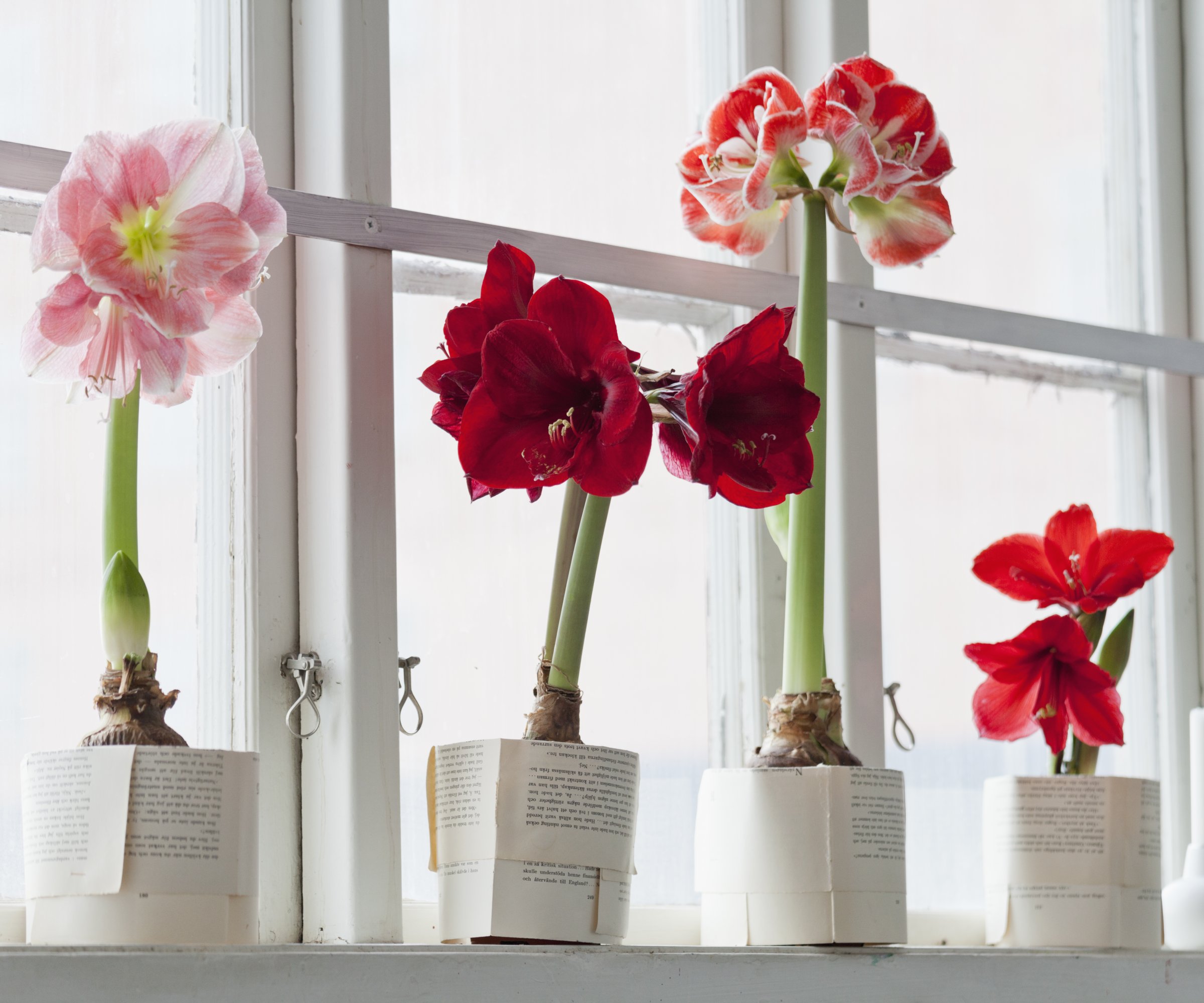
Choosing soil for amaryllis plants isn't complicated - standard potting soil will work just fine. If you wish to make your own, 2 parts of loam with 1 part perlite and 1 part compost is a good medium.
Fertilizer
Some gardeners recommend feeding amaryllis plants with a slow release fertilizer at planting time, but this can be dangerous. Fertilizing a bulb with no leaves can actually kill the roots! Instead, fertilize your amaryllis twice per month with a houseplant formula that has been diluted according to the package instructions. Use a 5-10-10 or 10-10-10 ratio.
Problems, Pests, & Diseases
Amaryllis bulbs grown indoors have few pest issues, but overwatering can cause the bulb to rot. Make sure the bulb you plant is plump and free of defects. Mealybugs may infest plants that are moved outdoors for summer. Wipe the leaves with rubbing alcohol or use a horticultural oil spray.
A common commercial disease is red blotch, also known as amaryllis leaf scorch. It is a fungal disease that attacks leaves and stems with red streaks. Use a systemic fungicide to combat this disease.
Amaryllis southern blight appears first as yellow and wilting leaves, followed by white fungus around the stem.
If your amaryllis is all leaves and no flowers, it might need to enter its dormant period before it can bloom again. It's also possible that the soil is too nitrogen-rich, or it's being kept in an area that is too shady.
Drooping amaryllis leaves could be caused by too little light, too much fertilizer, or improper watering. If it's been a while since it's bloomed, it might also simply be entering its dormant period.
Planting Amaryllis
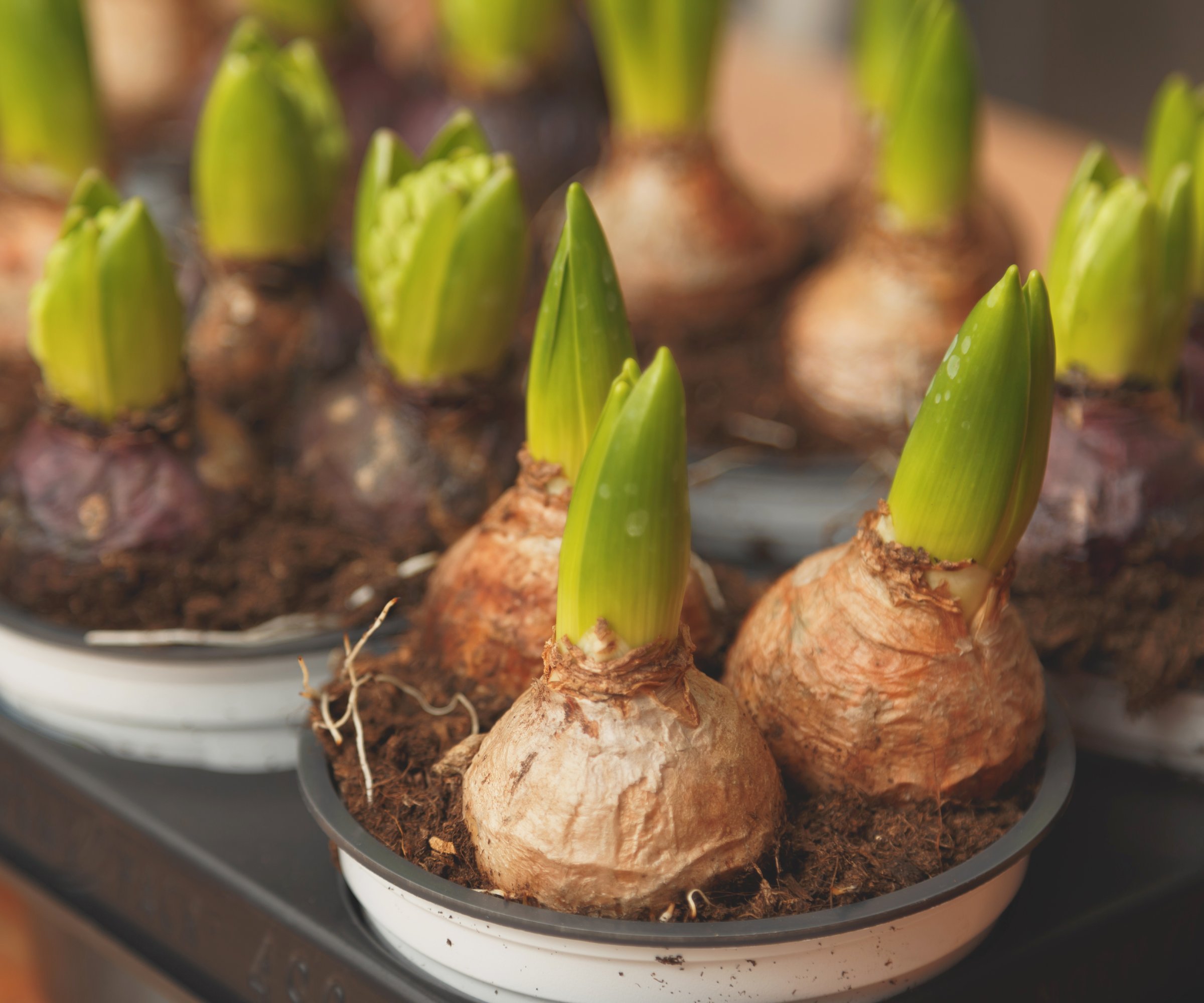
You may choose to start your amaryllis bulb in water with just the root end immersed or in a container with soil mixture. To plant the bulb, select a container that is 1 inch ( 2.5 cm) larger than the diameter. Plant the bulb so half of it is sitting above the soil. Water the container well to settle the soil around the roots. It should not need watering again in most conditions... not until you begin to see a peek of new growth.
You can force amaryllis bulbs in soil by planting them early and keeping them in a room that is consistently 70 F (21 C) or warmer.
Pruning
You can cut out dead leaves as they occur. Cut near the base of the plant, taking care not to nick the bulb. Remove the flower stalks when the blooms are spent. Near the end of the season, the leaves will dry and shrivel. Wait until these are fully dead to pull them off.
Staking amaryllis plants might be necessary if they get too tall and top-heavy.
Propagation
Amaryllis seed propagation is possible, but the resulting plants can take up to 14 years to flower. Amaryllis bulb propagation is much easier, and store-bought bulbs are readily available in a wide variety of colors, sizes, and flower forms. These are the most direct routes to enjoying the amazing, huge flowers.
You may also try cuttage. This is where the bulb is cut into 4 sections and planted with the root end down. Cover the cuttings with ⅓ out of peat moss or perlite. Keep the pot in a shaded location and warm and moist. In about 4 weeks each cutting should root.
Divide amaryllis bulbs that are growing outdoors in autumn or early spring.
Repotting
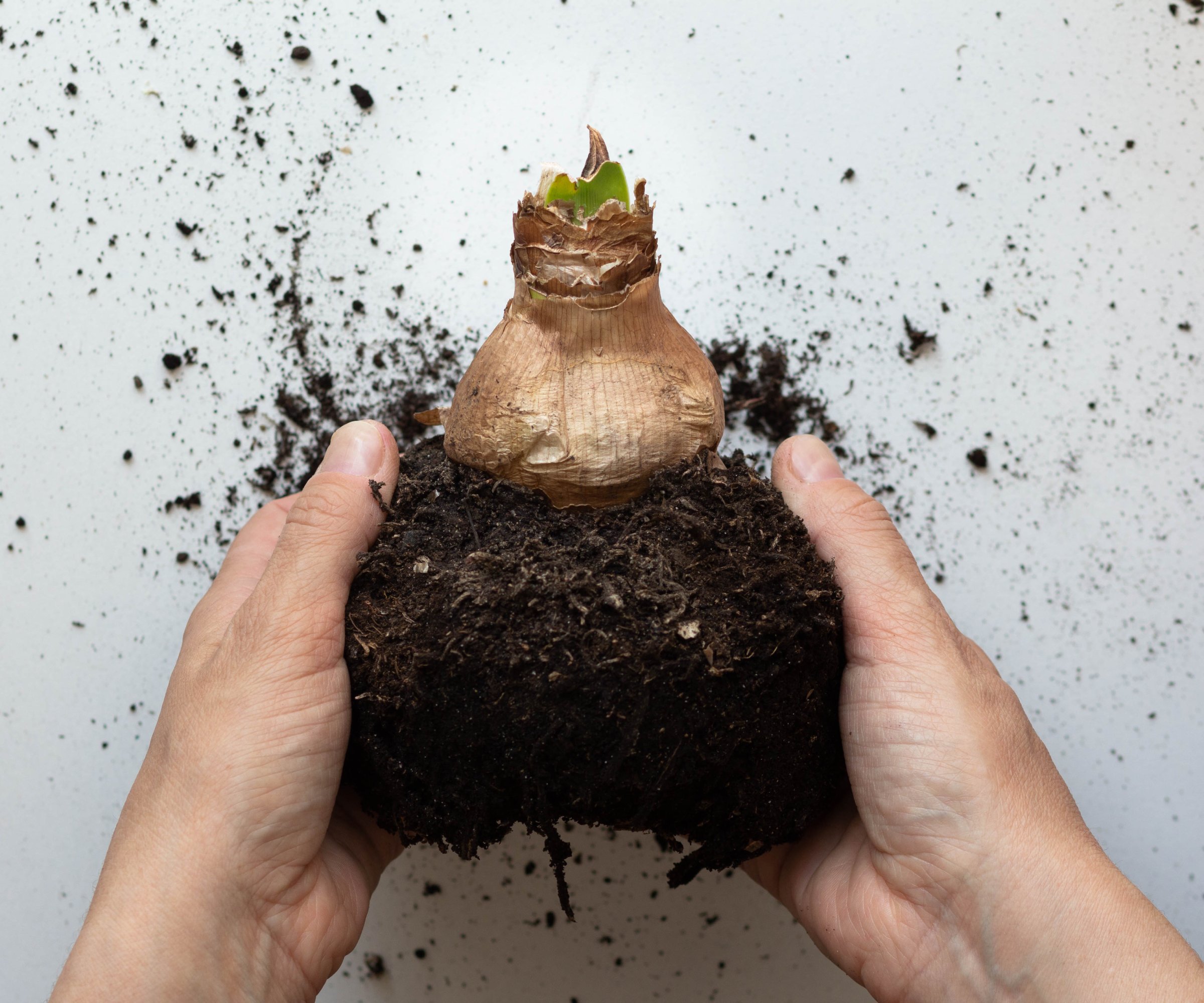
Amaryllis enjoys being pot bound, but it will require a soil change every 2-3 years. If the plant is grown year around, it will eventually need larger housing. Select a container only slightly larger than the big bulb. Use a well draining medium and water the soil well to settle it around the roots. The best time for repotting amaryllis plants is after the dormant stage or in early spring.
What to do with Amaryllis after They Bloom
Amaryllis care after flowering doesn't take much. You can choose to continue watering the plant and enjoy the big, long leaves all year. The leaves will produce valuable energy for the bulb for its next bloom. You can move your plant outdoors in spring when the temperatures warm to its preferred range. Bring the plant back indoors well before any freezing temperatures occur.
Varieties
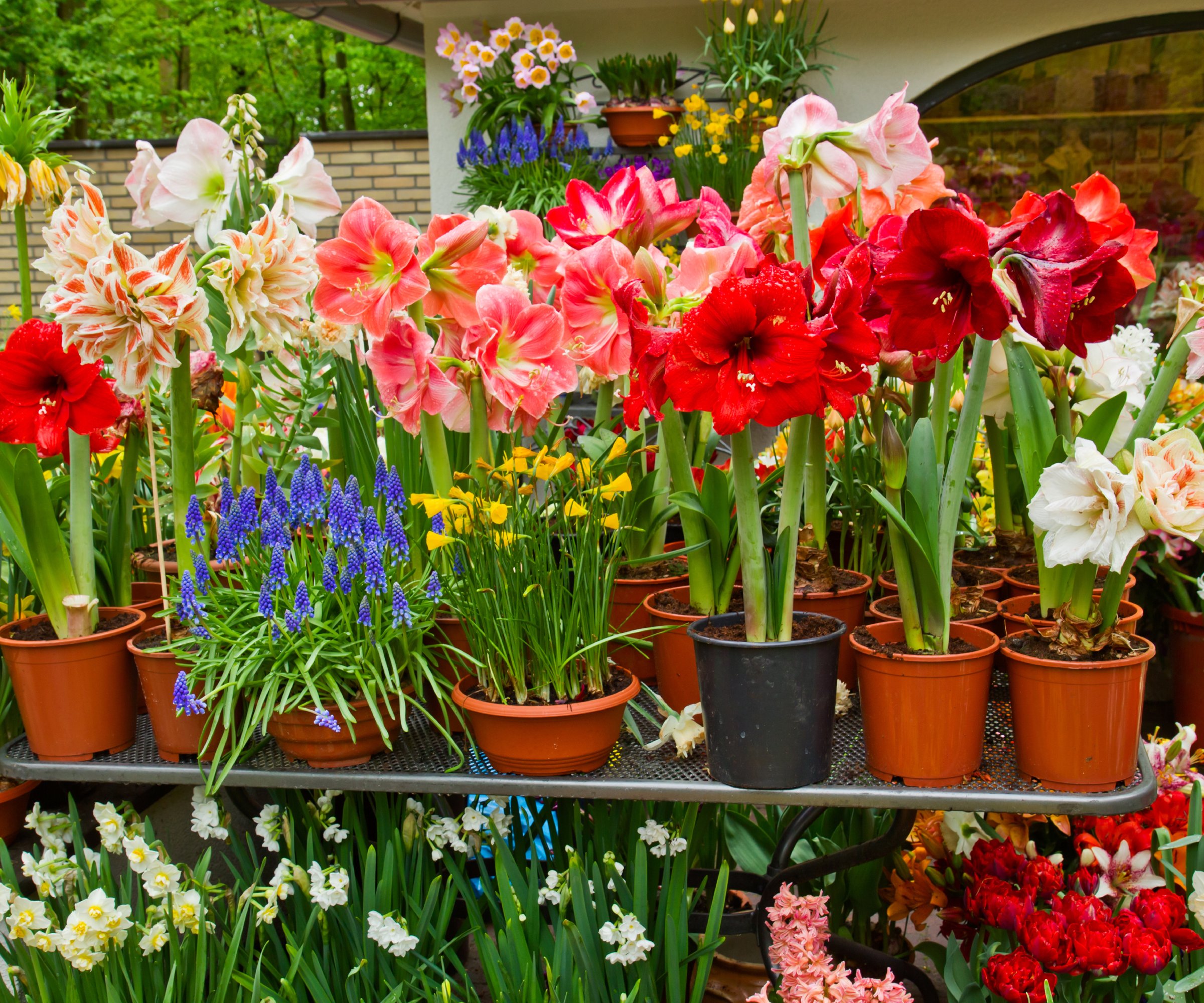
There are more than 500 types of amaryllis. Some of the more popular are Apple Blossom, Christmas Star, Charisma, Monaco, Double Dream, Marilyn, and Stargazer.
Frequently Asked Questions
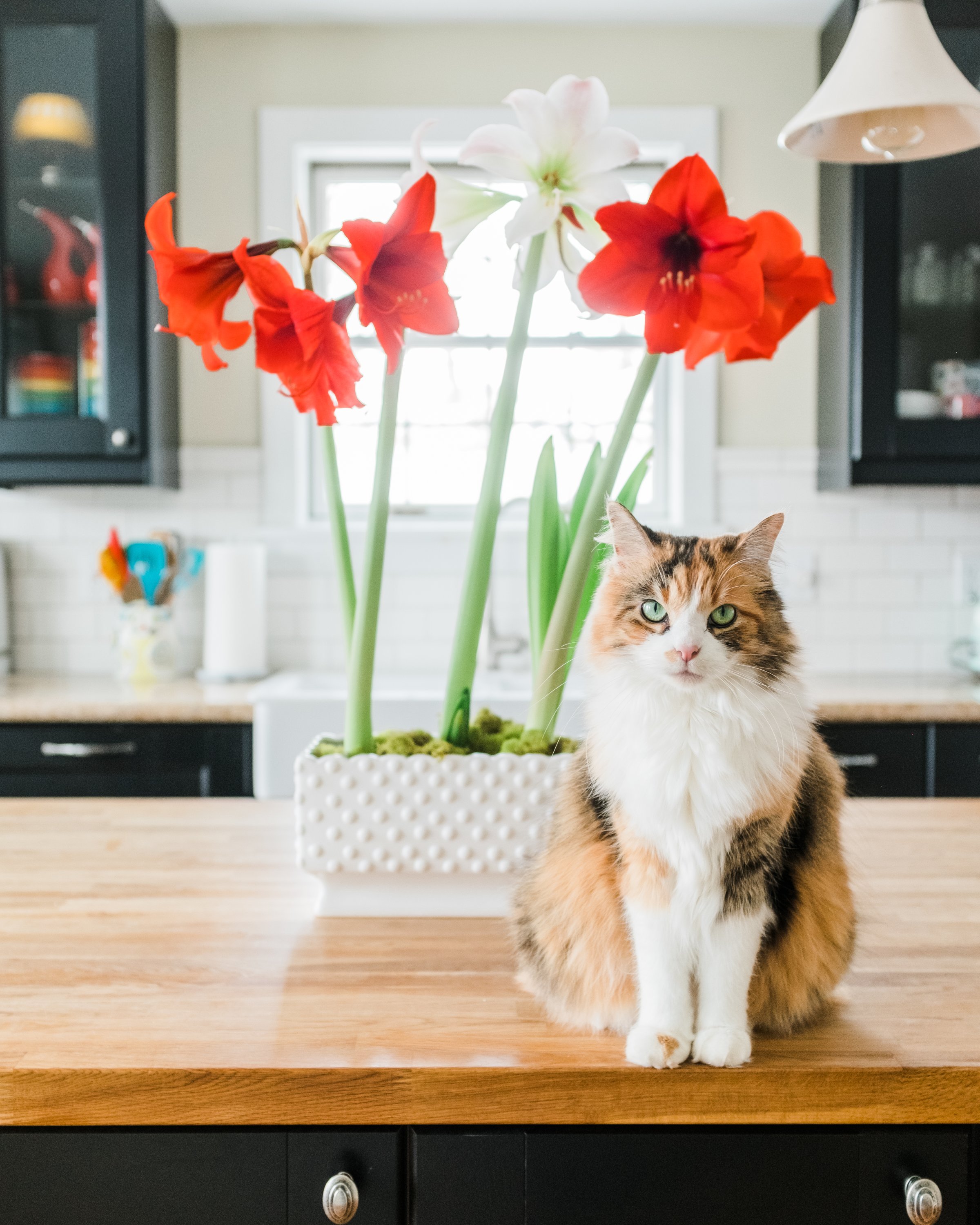
Are amaryllis poisonous to cats?
The stalks and leaves of amaryllis contain a poisonous toxin which is dangerous for cats and dogs. The bulb has the highest concentration of the toxin, but even browsing the leaves can have ill effects.
Does an amaryllis come back every year?
If you know how to care for amaryllis plants, they will come back for years. Eventually the bulb will stop producing, but a well cared for plant can flower for up to 20 years!
When should I put amaryllis in the dark?
To promote reblooming amaryllis flowers, you need them to experience cooler temperatures and low light. Place them in an area of around 45-50 degrees Fahrenheit (7-10 C) in a dark room for 8-10 weeks. If you do this in September, your bulb will be ready to be brought into warmth and light and begin to bloom just in time for the holidays.
Can you leave amaryllis in pots?
You can leave the bulb in the container all year or you can opt to lift it and store it. Amaryllis bulb storage lasts all year - replant it 8 weeks before you want it to bloom.
This article features products available from third-party vendors on the Gardening Know How Shop.

Bonnie Grant is a professional landscaper with a Certification in Urban Gardening. She has been gardening and writing for 15 years. A former professional chef, she has a passion for edible landscaping.
- Liz BaesslerSenior Editor
